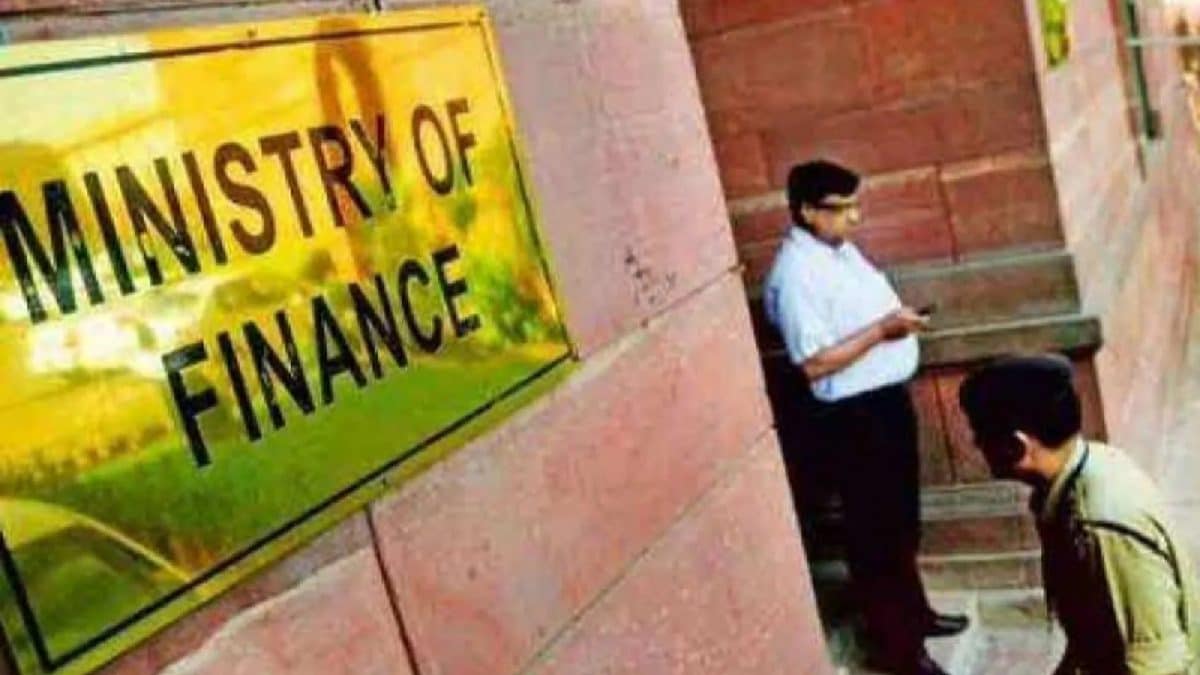Last Updated:
On October 16, NITI Aayog member Rajiv Gauba along with top finance ministry officials held a meeting on the five-year infrastructure plans

Finance ministry
The Budget 2026 will likely be more than the annual fiscal blueprint, potentially emerging as a strategic instrument to operationalise India’s Viksit Bharat 2047 vision.
The government plans to integrate five-year sectoral action plans covering infrastructure, petroleum and natural gas, telecom, science and technology, and pharmaceuticals into the budget, sources said.
The budget is normally present in early February. The exercise has already begun with high-level pre-budget ministerial meetings steered by NITI Aayog and the finance ministry.
On October 16, NITI Aayog member Rajiv Gauba along with top finance ministry officials held a meeting on the five-year infrastructure plans. The next day sessions focused on petroleum, natural gas, and telecom, while five-year plans for science and technology will come up for discussion on October 23, followed by pharmaceuticals on October 24.
“These sessions are crucial for aligning each ministry’s long-term projects with the budget framework. It ensures continuity and accountability in policy execution,” a government source told Moneycontrol. The five-year sectoral action plans are part of the government’s administrative blueprint to operationalise the Viksit Bharat 2047 vision.
Earlier this year, a Gauba-led NITI Aayog committee was formed, and each ministry asked to prepare a five-year action plan mapping its goals, reforms, and project priorities for the 2025–30 period. Viksit Bharat vision in action. The integration of these plans is expected to bring sectoral funding allocations, policy execution, and project priorities under one cohesive framework.
The Viksit Bharat strategy aims to position India as a developed economy by 2047, the centenary of India’s independence. Aligning sectoral action plans with budgetary allocations will facilitate measurable outcomes across critical sectors such as infrastructure, healthcare, energy, and digital connectivity, the source said. Integrating long-term action plans with annual budgets can enhance policy continuity and governance effectiveness, the person stated.
By making Budget 2026 a financing tool for a long-term developmental roadmap, the government aims to ensure that sectoral priorities under the Viksit Bharat framework are both resourced and implemented efficiently, he added.
What is the Viksit Bharat plan?
It is the government’s long-term vision to transform India into a developed economy by 2047, with a focus on inclusive growth, infrastructure, healthcare, education, technology, and energy security.
Which sectors are included in the five-year action plans?
The current review covers infrastructure, petroleum and natural gas, telecom, science and technology, and pharmaceuticals. More sectors may also be integrated.
How will Budget 2026 operationalise these plans?
By incorporating priority projects, policy directives, and funding allocations from the five-year plans, the budget may link fiscal policy directly with medium-term sectoral goals.
October 22, 2025, 13:20 IST
Read More






